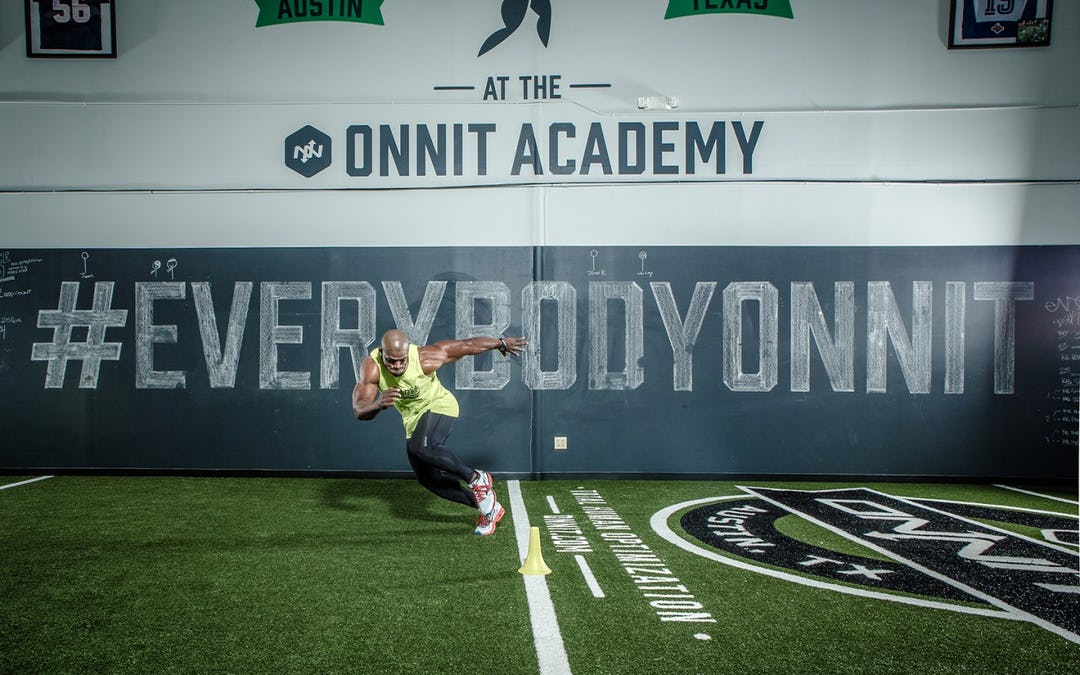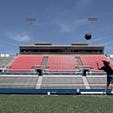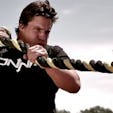We’ve all seen the endless “agility” videos on Instagram and Youtube. They go something like this…
An athlete performs the “Icky Shuffle” through a “speed ladder”, then quickly transitions into a few figure 8’s around some strategically-placed cones…next comes the salsa-dance-looking moves around a few more cones…and finally there’s a hop, skip or a jump over a handful of perfectly-organized mini hurdles. Of course the video concludes with the trainer yelling something to the affect of, “Quick feet, baby, quick feet…Dat’s how we do! Represent !!”
Although many of those videos are entertaining to watch, they are better suited for Dancing with the Stars – NOT for improving an athletes on-field agility!
Below you will find two of my favorite – yet commonly overlooked – training methods for improving an athlete’s agility. In my opinion [outside of actually playing one’s sport], these two methods will help any athlete become more agile. Make sure you’re incorporating them into your program.
#1 – Agility drills where the athlete must REACT to a visual stimulus.
Most sports require the athlete to REACT to an unpredictable [visual and/or verbal] stimulus in a split second. This is in direct opposition to the predetermined movement patterns commonly performed with the “speed ladder” and/or cones.
Here are two examples of drills that require the athlete to react (multiple times) quickly within one drill:
Football running back agility drill – Catch football, avoid “defender”(aka, stability ball), avoid defender #2
Football linebacker agility drill – Take on defender (aka, stability ball), intercept football, react to tackler
#2 – Eccentric & Isometric lower body exercises
In order to make “sharp cuts” and change direction rapidly, athletes need the necessary strength to absorb (and accumulate) force, as well as overcome inertia.
Enhancing eccentric strength improves an athlete’s ability to absorb force (while decelerating), whereas isometrics will improve an athletes ability to overcome inertia.
Here is an example of isometric training. Notice how the athlete lowers the weight and comes to a dead stop before performing the concentric portion of the lift. This builds tremendous starting strength because the athlete has to overcome inertia in the bottom position in order to lift the weight.
Here’s an example of eccentric training. Notice how the athlete controls the lowering of each rep. Developing this type of strength greatly improves an athlete’s ability to absorb force & decelerate (among many other things), which are key components to changing direction rapidly.
NOTE: Make sure you’re incorporating some unilateral exercises when performing your isometric & eccentric training (as shown in the videos above). Remember that most athletes are planting and cutting off one leg most of the time on the athletic field – so it’s important to address each limb individually in the weight room.
Hopefully this blog post sheds some light on a very misunderstood aspect of training.
Thanks for reading!
Joe D.
PS – If you liked this article and/or have any feedback, please drop me a comment below and let’s strike up a conversation!
PPS – If this type of “next level” training information interests you, I HIGHLY RECOMMEND taking action and attending one of our CPPS certifications. Come see why Muscle & Fitness magazine recently reported the CPPS certification is “setting a new standard” and “It’s the best curriculum for trainers we’ve ever seen.”
The next cert is being held at the one and only DeFranco’s Gym at the Onnit Academy…and there is still space available! I hope to see you there!!!


)





